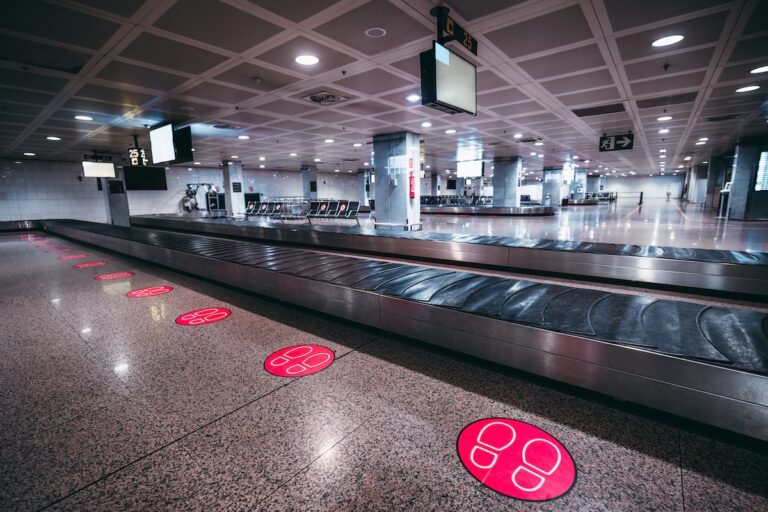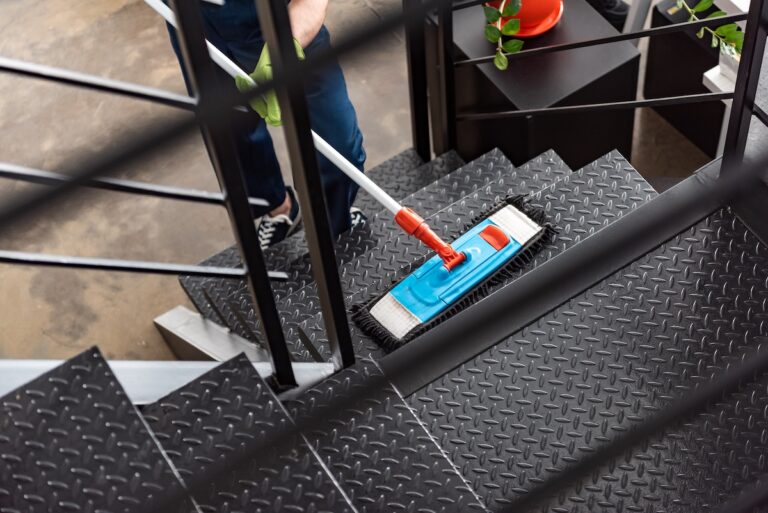Airports are often described as the gateways to the world. They bring together people from every walk of life — business travelers, families on vacation, and solo explorers. But for passengers with visual impairments, these vast, bustling spaces can also be overwhelming and unsafe without the right infrastructure in place.
This is where tactile indicators — those patterned, raised surfaces on floors — become a game-changer. More than just design elements, tactiles act as silent guides, enabling visually impaired passengers to navigate confidently, independently, and safely. In today’s aviation landscape, they are not a luxury. They are a necessity.
Why Tactiles Matter in Airports
-
Navigation Through Complex Spaces
Airports are massive, with sprawling terminals, multiple levels, and endless queues. Tactile pathways create a clear route that guides travelers seamlessly from check-in to boarding gates, baggage claims, and exits. -
Safety at Critical Points
Areas like escalators, elevators, stairways, and platform edges pose serious risks. Tactile warning indicators act as alerts, signaling a change in environment or hazard ahead. -
Compliance with Global Accessibility Standards
International bodies such as ICAO (International Civil Aviation Organization) and ADA (Americans with Disabilities Act) emphasize accessibility in aviation. Many airports are now expected to integrate tactile systems as part of their universal design standards. -
Dignity and Independence
For visually impaired passengers, tactiles don’t just offer guidance — they offer freedom. Freedom from constant reliance on assistance, and the dignity of navigating public spaces with confidence.
The Global Push for Inclusive Airports
Airports in countries like Japan, Australia, and the UK are already leading by example, with tactile paths running through entire terminals. India, too, is seeing accessibility upgrades in major airports — but the journey is ongoing. The integration of tactile indicators is a visible reminder that inclusivity is not optional; it is central to modern infrastructure.
The Future: Smart Tactiles in Smart Airports
With the rise of smart airports, tactile systems are evolving too. Imagine tactile flooring that integrates with navigation apps on smartphones, or sensors that interact with audio guidance systems. These innovations promise a future where air travel is even more inclusive, seamless, and empowering.




